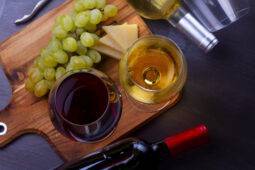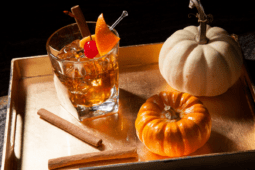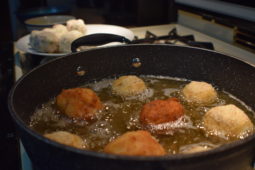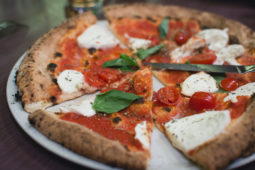A Beginner’s Guide to Wine: How to Choose, Serve, and Pair Wines
Wine is one of the world’s oldest and most beloved beverages, with a rich history dating back thousands of years. For many, wine is more than just a drink–it’s a symbol of celebration and relaxation; something to enjoy while you’re enjoying the good life. However, with so many different types of wines, regions, and flavors to choose from, it can be overwhelming for beginners to know where to start.
That’s why we’ve created this beginner’s guide to wine, which will cover everything from how to choose the right wine to serve at your next dinner party, to tips on pairing wine with different foods. Whether you’re a wine aficionado or a total newbie, this guide will provide you with the knowledge and confidence you need to easily navigate your next trip to the liquor store. So grab a glass and get ready to learn about the wonderful world of wine!
Different Types of Wine
While there are countless varieties of wine, they can generally be categorized into a handful of main types. These include red wine, white wine, rosé wine, sparkling wine, and fortified wine.
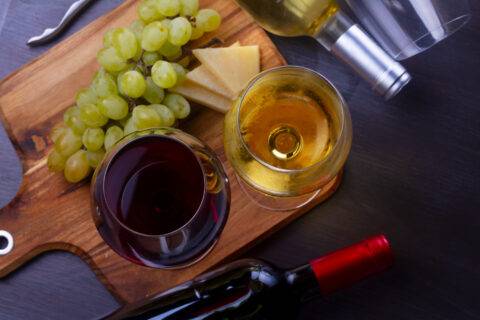
Red Wine
Red wine is made from red or black grapes, and the skins of these grapes are left in contact with the juice during the fermentation process. This gives red wine its characteristic deep color and bold flavor. Some popular types of red wine include Cabernet Sauvignon, Pinot Noir, and Merlot.
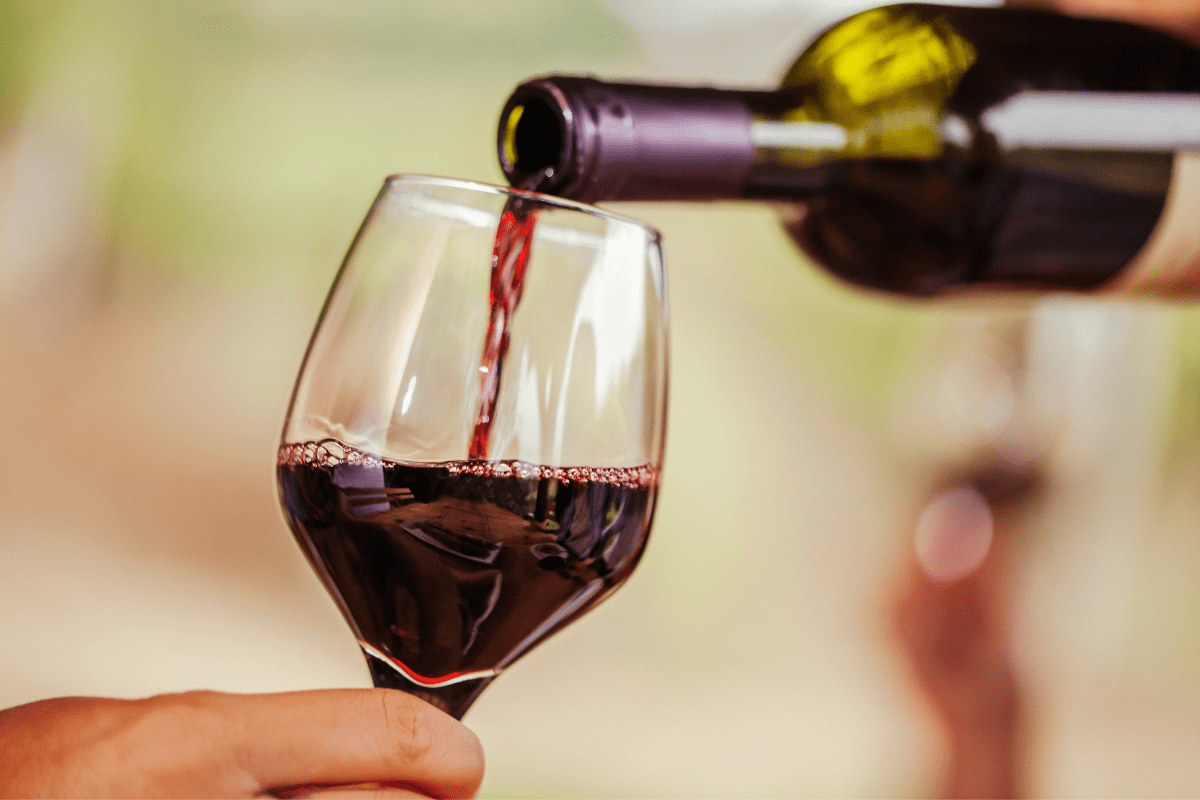
White Wine
White wine, on the other hand, is traditionally made from white or green grapes (though sometimes it comes from red grapes with the skins removed). The result is a wine that is lighter in color and flavor than red wine. Common types of white wines include Chardonnay, Sauvignon Blanc, and Pinot Grigio.
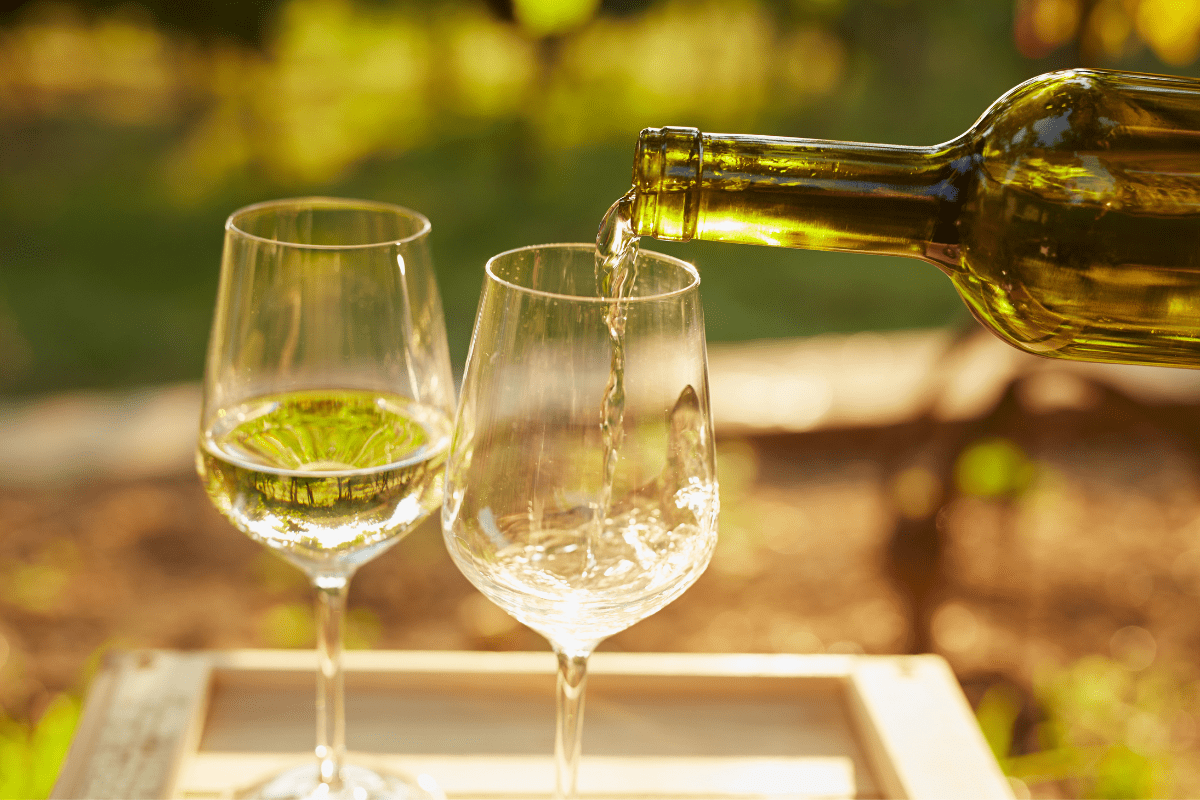
Rosé
Rosé wine is made from red grapes, but the skins are only left in contact with the juice for a short period of time, giving it the signature pinkish hue. Rosé can range from sweet to dry, and is often enjoyed during the summer months as a refreshing alternative to red or white wine.
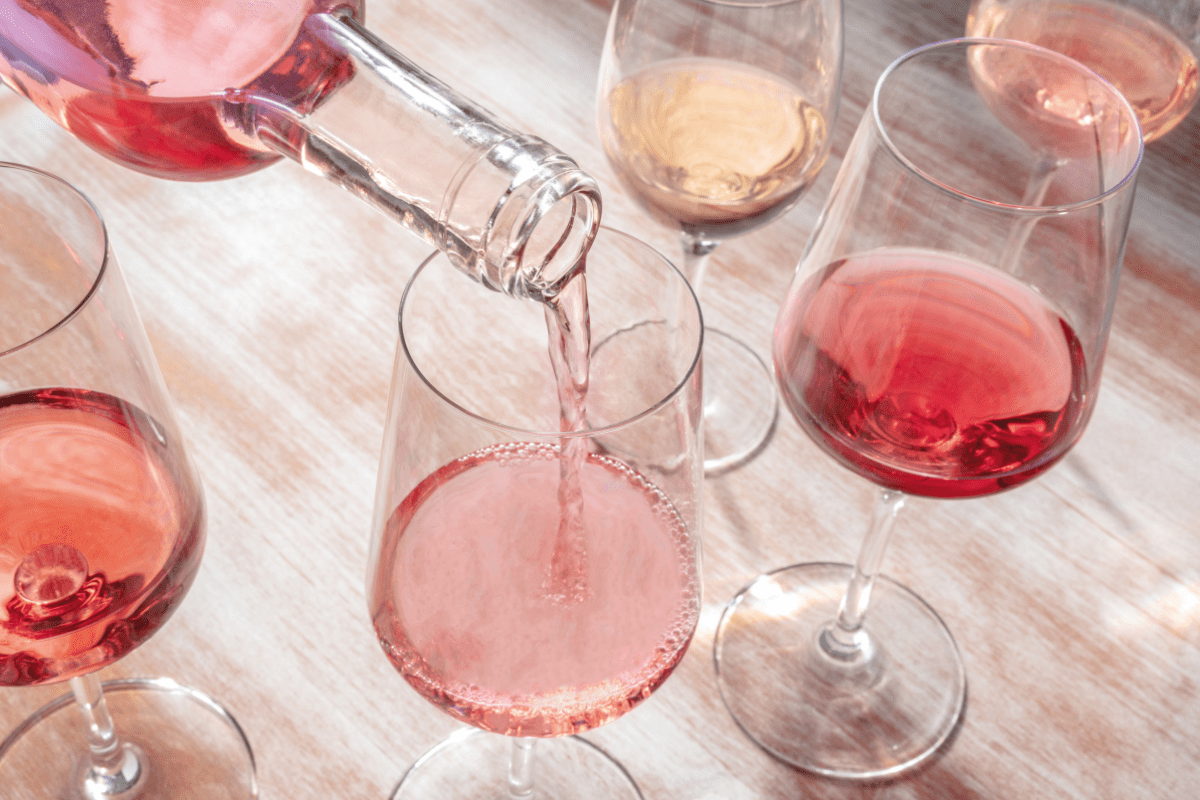
Sparkling Wine
Sparkling wine is carbonated, giving it a fizzy texture and a lively taste. Most sparkling wines are white or rosé, but there are also some red varieties available! Champagne, Prosecco, and Cava are all popular types of sparkling wine.
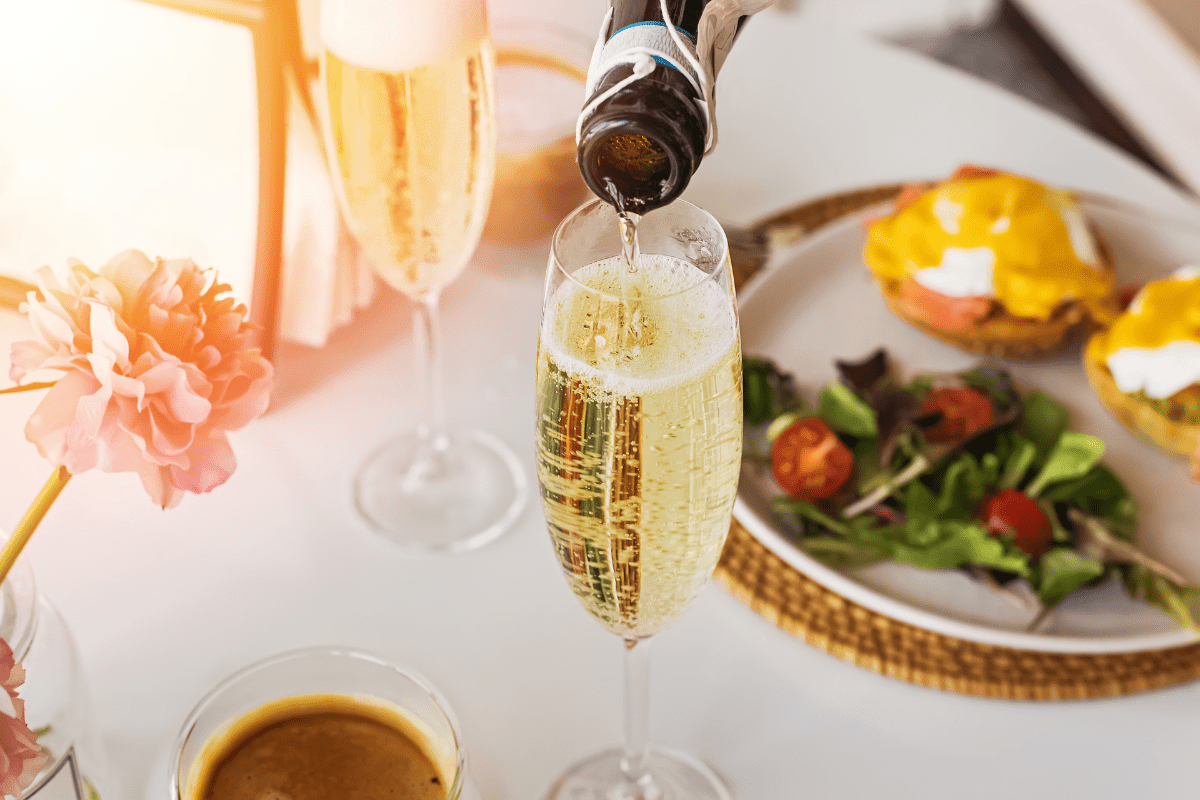
Fortified Wine
Finally, fortified wine is a wine that has additional alcohol added to it, typically in the form of brandy. This increases the alcohol content and gives the wine a stronger flavor. Some examples of fortified wine include Port, Sherry, and Vermouth.
In addition to these main types of wine, there are also many different varieties and blends available within each category. For example, some wines are made from a single grape variety, while others are made from a blend of different grapes. The region where the grapes are grown can also have a significant impact on the flavor and characteristics of the wine.
Overall, the world of wine is vast and diverse, with something to suit every taste and occasion. Whether you prefer a bold red wine, a crisp white wine, or sparkling champagne, there is sure to be a wine out there that you will enjoy.
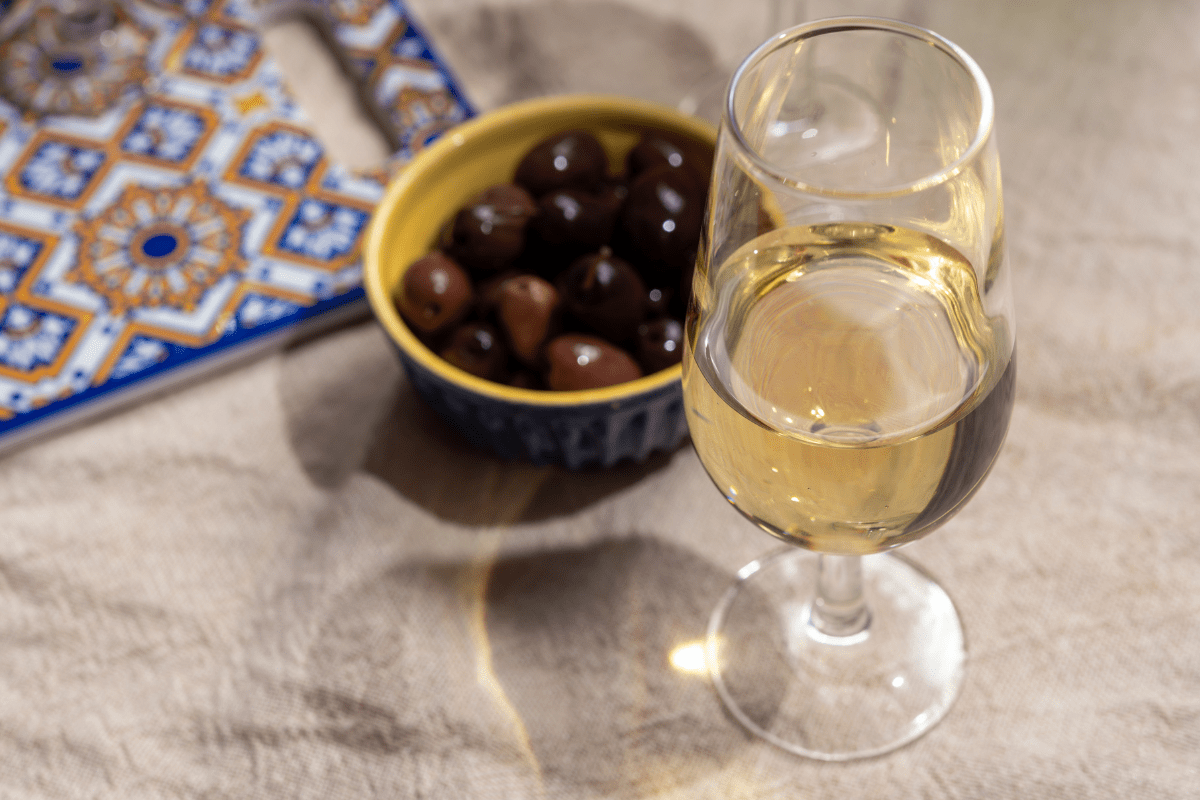
Selecting the Right Wine
Choosing the right wine for an occasion can be a daunting task, but it doesn’t have to be. The first step is to consider the occasion itself. Is it a formal event, a casual gathering, or a romantic dinner for two? Once you have a clear idea of the occasion, you can start to think about the wine.
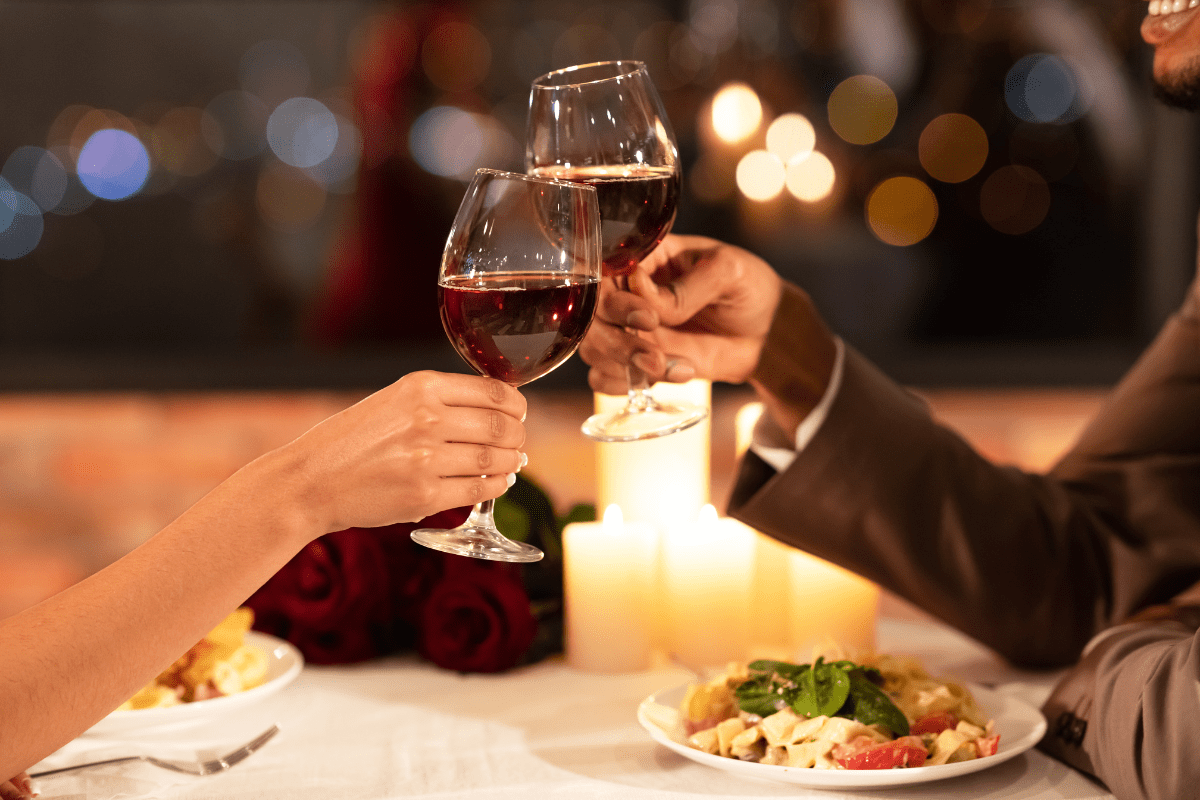
Formal Events
For formal events, such as weddings or corporate dinners, it’s best to go with a classic choice. A good rule of thumb is to choose a wine that is well-known and widely appreciated, such as a Cabernet Sauvignon or Chardonnay. These wines are elegant and sophisticated, and they pair well with a variety of foods.
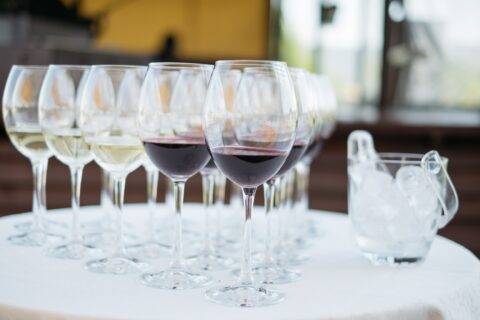
Casual Gatherings
For more casual gatherings, such as a backyard barbecue or a game night with friends, you can be a bit more adventurous with your wine selection. Consider a wine that is easy to drink and pairs well with a variety of foods, such as a Pinot Noir or Sauvignon Blanc. These wines are versatile and can be enjoyed on their own or with a variety of dishes.

Romantic Dinners
When it comes to romantic dinners, a good choice is a wine that is both elegant and romantic. Consider a sparkling wine, such as Champagne or Prosecco, or a rich and full-bodied red wine, such as a Merlot or Shiraz. These wines are perfect for setting the mood and creating a romantic atmosphere.
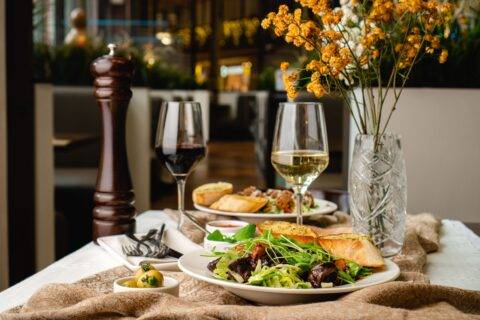
Pairing Wine With Food
Another important consideration when choosing wine is the food that will be served. For example, if you’re serving a rich and hearty dish, such as steak or roast beef, you’ll want to choose a wine that can stand up to the bold flavors of the food. A full-bodied red wine, such as a Cabernet Sauvignon or Syrah, is a good choice in this case. On the other hand, if you’re serving a lighter dish, such as fish or chicken, you’ll want to choose a lighter wine, such as a Pinot Grigio or Sauvignon Blanc.
Some of the most popular Food and Wine Pairings include:
- Steak: Cabernet Sauvignon or Merlot
- Seafood: Sauvignon Blanc or Chardonnay
- Spicy food: Riesling or Gewürztraminer
- Pizza: Chianti or Pinot Noir
- Cheese: Pinot Grigio or Syrah
- Chocolate: Port or Zinfandel
- Salad: Pinot Noir or Rosé
- BBQ: Zinfandel or Shiraz/Syrah
- Pasta with tomato sauce: Chianti or Sangiovese
- Sushi: Pinot Noir or Sauvignon Blanc
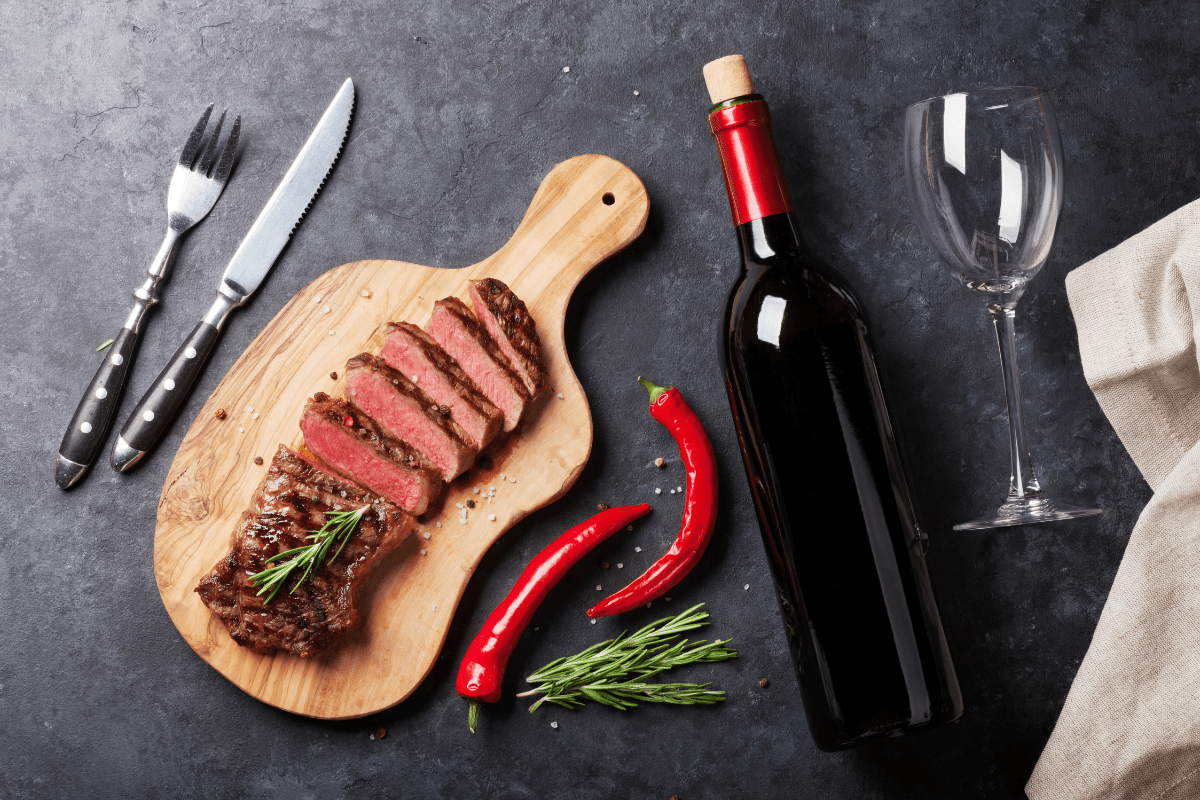
Preference Matters
Finally, consider your own preferences when choosing wine. If you’re a fan of red wine, don’t be afraid to choose a red wine for a white wine occasion. Similarly, if you prefer white wine, don’t feel like you have to choose a red wine just because it’s a more formal occasion.
Don’t be afraid to be adventurous, but also remember that classic choices are always a safe bet! With a little bit of thought and planning, you can choose the perfect wine to complement any occasion.

How to Serve Wine
When it comes to serving wine, there are a few key factors to keep in mind to ensure that it is properly enjoyed. One of the most important factors is the temperature at which the wine is served. Generally speaking, red wines should be served at room temperature, while white wines should be served chilled. This means that red wines should be stored at around 65-68 degrees Fahrenheit, while white wines should be stored at around 45-50 degrees Fahrenheit.

Consider Your Glassware
When it comes to choosing the right glassware for serving wine, there are a few things to consider. Firstly, the glass should be clear so that the color of the wine can be appreciated. Secondly, the glass should be large enough to allow the wine to breathe but not so large that the wine is diluted or loses its aroma.
For white wine, a smaller glass with a narrow bowl is generally preferred. This helps to keep the wine chilled and allows the aromas to be concentrated for a more enjoyable drinking experience. For red wine, a larger glass with a wider bowl is typically preferred. This allows the wine to breathe and helps to bring out the complex flavors and aromas of the wine.
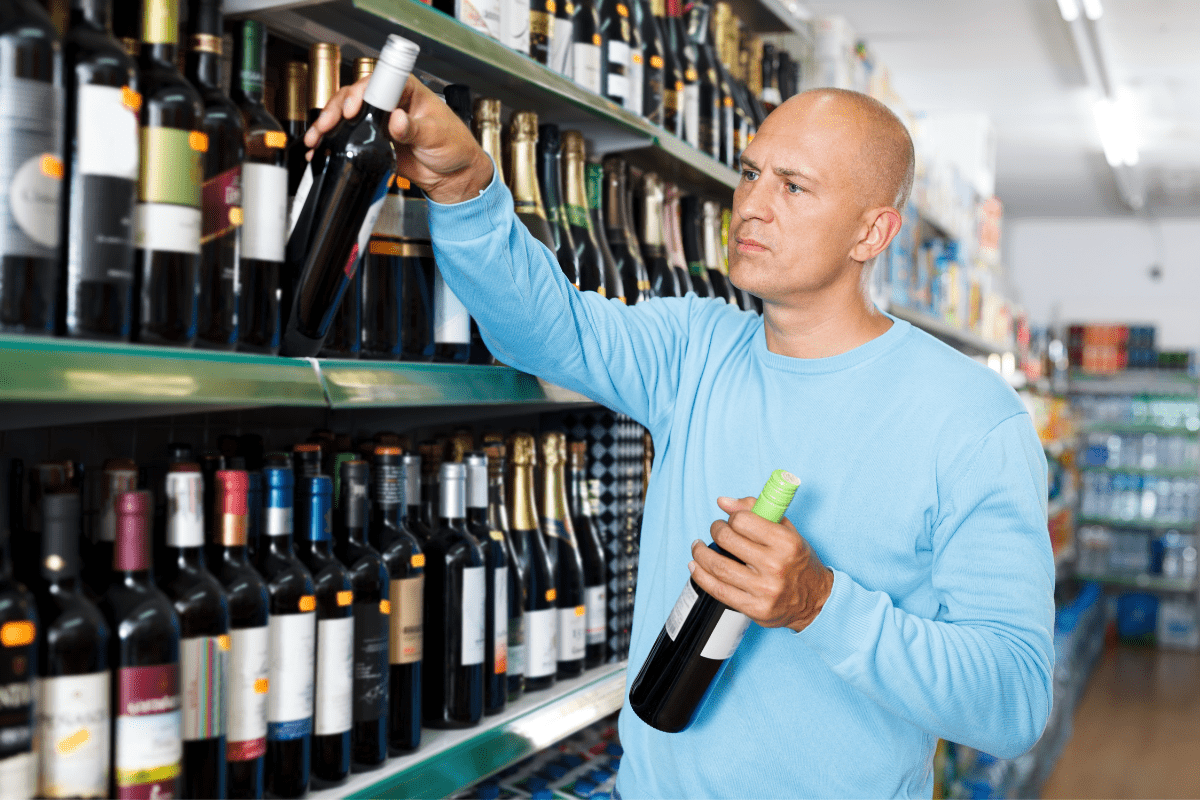
What’s The Occassion?
When serving wine, it is important also to consider the occasion and the food being served. For example, if serving a light white wine with a seafood dish, a smaller glass may be appropriate to enhance the flavors and aromas of the wine. Conversely, when serving a bold, full-bodied red wine with a hearty meat dish, a larger glass may be appropriate to allow the wine to breathe and fully express its complexity.


